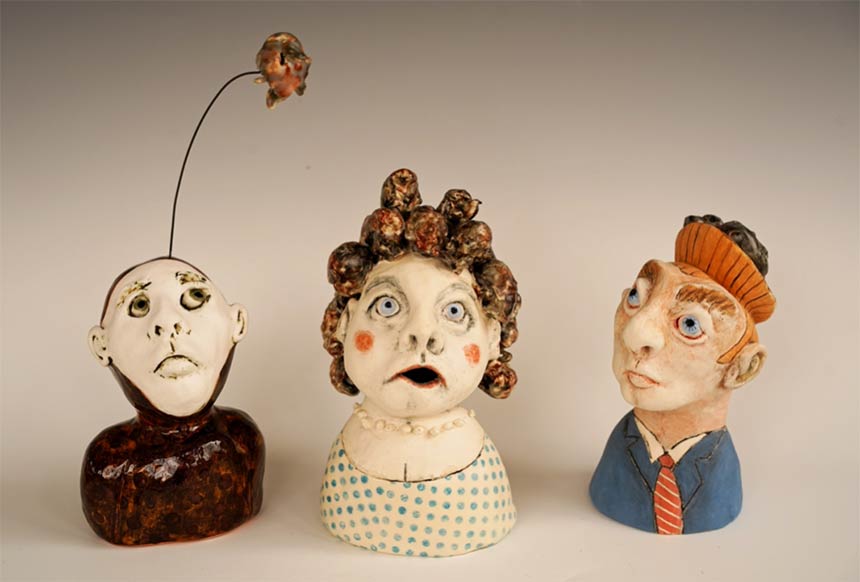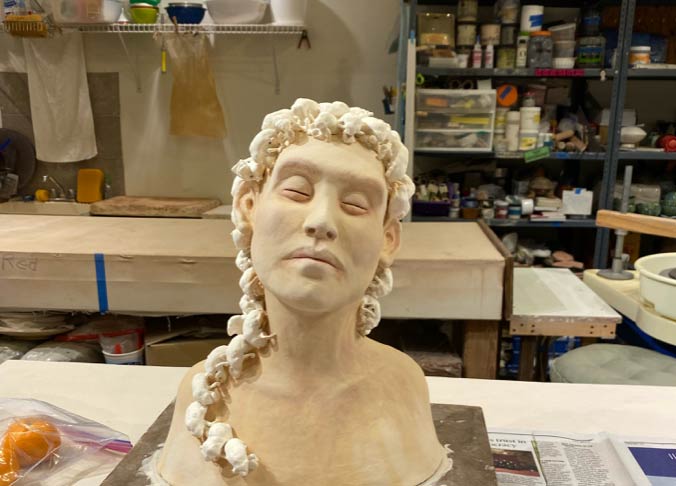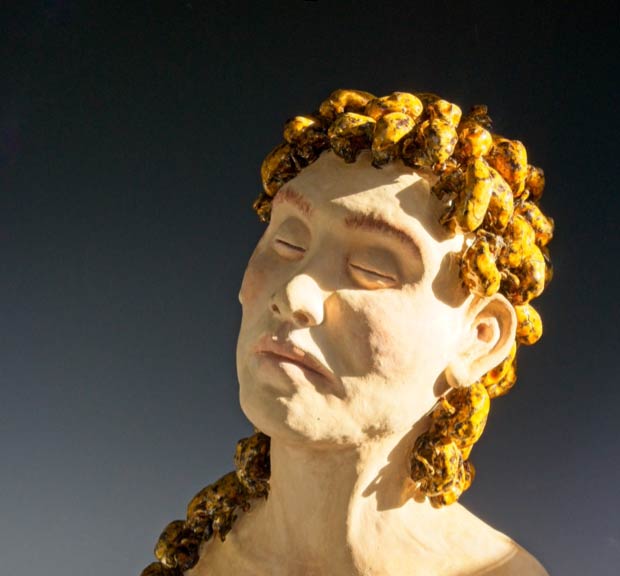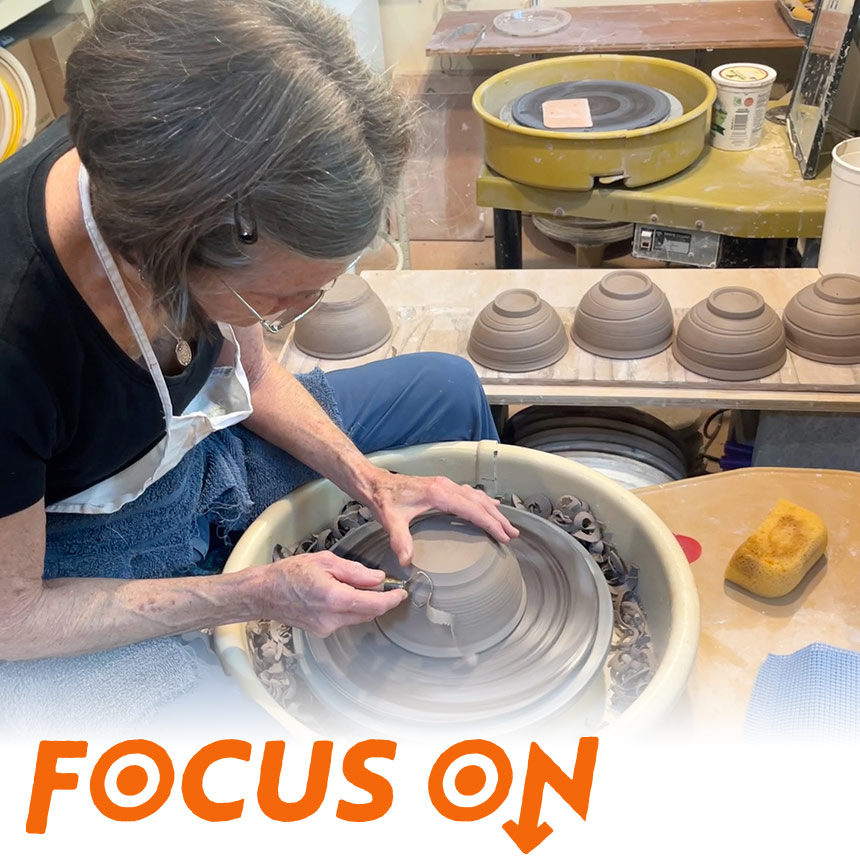My medium is photography. Photography keeps me involved in seeing, observing, reinterpreting the world as I move through it, watching the light, the people's faces as we interact in casual conversations. Lately I have been photographing nature where there are not people, only light and shadow as it moves on the landscape of trees and water.

For the past few weeks, we have been experiencing the constant whirring of cicadas, as they break through their exoskeletons and emerge in their adult forms to take to the air. For some of us this cacophony is annoying, but it is music to my ears as it signals the availability of cicada sheds – that exoskeleton part that is left behind.

For several years I have been using the sheds in my sculptural work. Different types of cicadas hatch on different schedules, so I usually find some every year, though not the abundance we are currently experiencing. The image above shows a work in progress — After bisque firing the slip-coated sheds you can see the effect of using the sheds as hair.

This process of collecting the sheds, dipping them in the casting slip one-by-one, incorporating the dipped sheds into the sculpture, and firing and glazing the piece is very time consuming, but I find it challenging and fun. The image above is the final sculpture.



